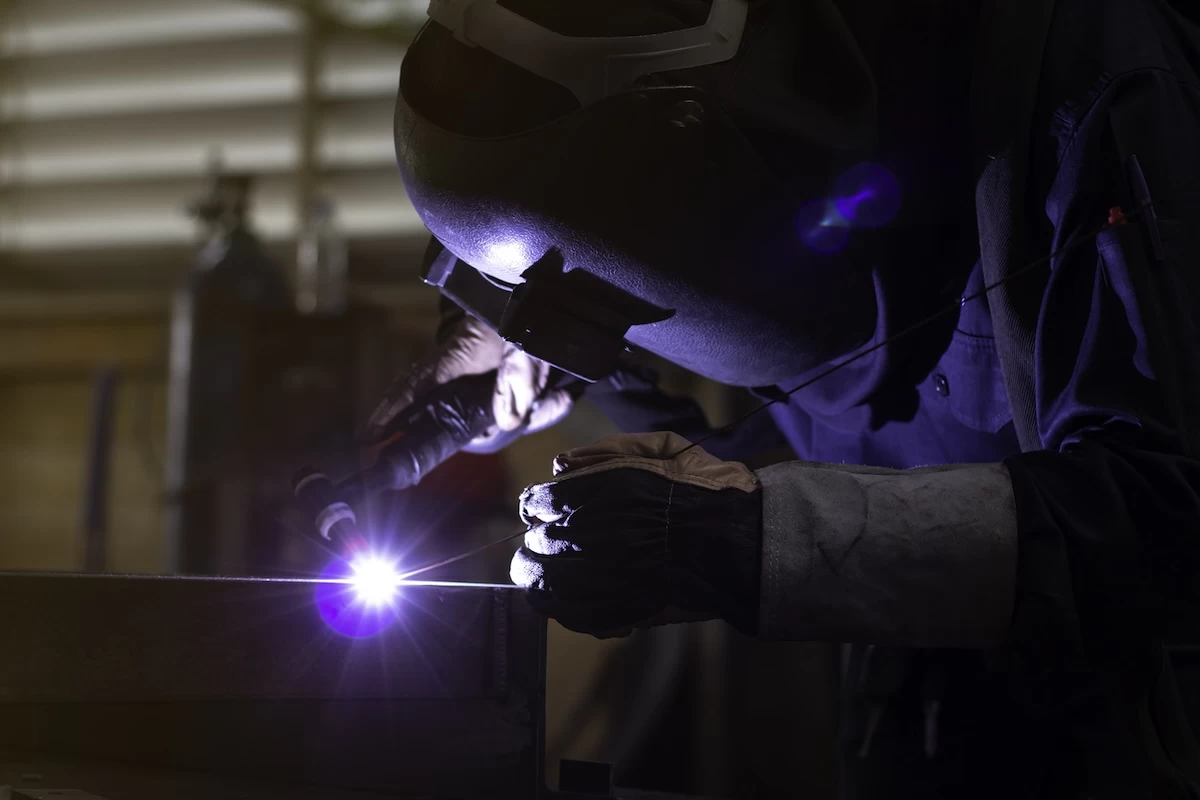Laser Welding Is Built for Thin Sheets 2T Galvanized Steel Welding Demo|Zero Spatter, No Polishing Required

Tired of excessive spatter and post-weld polishing on galvanized steel? We get it.
In the field, welding isn’t just about joining materials anymore. It affects your product’s appearance, delivery time, and even whether your customer comes back with another order.
This time, we did it live outdoors:
2T Galvanized Steel × Laser Welding × Single Wire Feeding × Gas Shielding—full workflow, real footage.
Our Setup
- Handheld Laser Welding Machine × Single Wire Feeding System
- 2T Galvanized Steel × Outdoor Conditions
- Gas Shielding: Enhances weld stability and appearance
Actual Welding Results
- No spatter, no cracking
- Stable molten pool, smooth weld bead
- Ready for delivery right after welding—no polishing needed
It’s like drawing a line—clean, sharp, no rework, no guesswork, and no more relying on welding intuition.
| Aspect | Traditional Welding | Laser Welding |
|---|---|---|
| Spatter Control | Frequent spatter due to zinc coating | Minimal spatter, stable molten pool |
| Porosity Rate | Zinc vaporization leads to pores | Concentrated heat input, few pores |
| Bead Appearance | Requires post-weld polishing | Clean finish, no polishing needed |
| Deformation Control | Large heat-affected zone, prone to warping | Low heat input, minimal deformation |
| Automation Compatibility | Heavily dependent on operator experience | Compatible with robotic arms and wire feeding |
Weld Bead Showcase
Application Scenarios & Production Line Use Cases
| Scenario | Key Requirements | Laser Welding Advantage |
|---|---|---|
| Home Appliance Manufacturing | High aesthetic standards, clean seams | No polishing, clean welds, fast forming |
| Automotive Sheet Metal | Tight spaces, difficult inner frames | Single-sided welding, invisible joints |
| Agricultural Machinery Sheet Metal | Large thickness variation, burn risk | Excellent thermal control, handles varying materials |
| Automated Production Lines | Consistent quality, shorter takt time | Supports wire feeding/robot arms & CCD positioning |
Frequently Asked Questions
Yes. With stable laser energy output and precise molten pool control, welding galvanized sheets can avoid spatter and cracking. The weld seam remains smooth and clean, eliminating the need for secondary grinding or polishing.
This significantly reduces post-processing time and is especially beneficial for automotive manufacturing and sheet metal industries.
Absolutely. Laser welding can be integrated with wire feeding systems and robotic arms to achieve high levels of standardization and automation.
Compared to traditional methods, it offers superior precision and consistency, making it ideal for large-scale production of sheet metal and structural components, helping manufacturers increase efficiency and yield.
The main cause is uncontrolled vaporization of the zinc layer or excessive heat input during conventional welding, which leads to porosity in the weld seam.
Laser welding, by using a concentrated heat source and rapid cooling, minimizes zinc evaporation and significantly reduces porosity and spatter, ensuring dense, reliable welds with strong mechanical integrity.
View Laser Welding Machine Models and Applications
Contact Us|Set a New Standard in Welding
TEL : (04) 2566-5901
Add : No. 11, Aly. 12, Ln. 218, Sec. 4, Minsheng Rd., Daya Dist., Taichung City
Mail : yaohung@yholaser.com
FB : www.facebook.com/yao.hung168/
Update : 2025-10-14